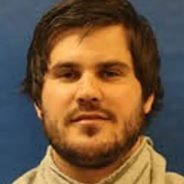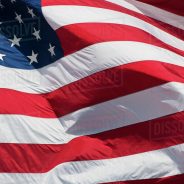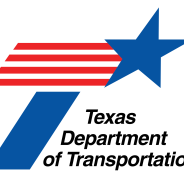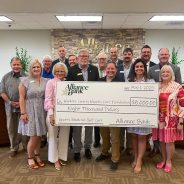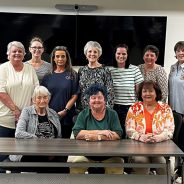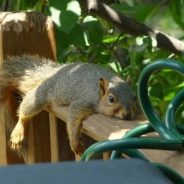SNAP May Get Healthier Soon
May 16, 2025 – Governor Greg Abbott has voiced support for restricting the use of Supplemental Nutrition Assistance Program (SNAP) benefits to promote healthier eating among low-income Texans. Under his proposal, SNAP recipients would be prohibited from using their benefits to purchase certain “junk foods,” including sugary sodas, candy, and other items deemed nutritionally poor.
Abbott argues that taxpayer-funded assistance should support nutritious food choices that contribute to better health outcomes, especially as Texas continues to grapple with high rates of obesity, diabetes, and other diet-related health issues. By eliminating unhealthy food options from the list of SNAP-eligible items, the Governor believes the state can encourage better long-term habits and reduce healthcare costs.
Critics, however, caution that such restrictions could create unnecessary burdens on families who already face limited food access, particularly in rural or low-income areas where healthy options are scarce. They also argue that defining what constitutes “unhealthy” food can be subjective and may stigmatize SNAP users.
The proposal would require federal approval, as SNAP is a federally funded program. Still, Abbott’s push reflects a growing national debate over how public assistance should intersect with public health goals, and whether limiting choice is an effective strategy for encouraging better nutrition.
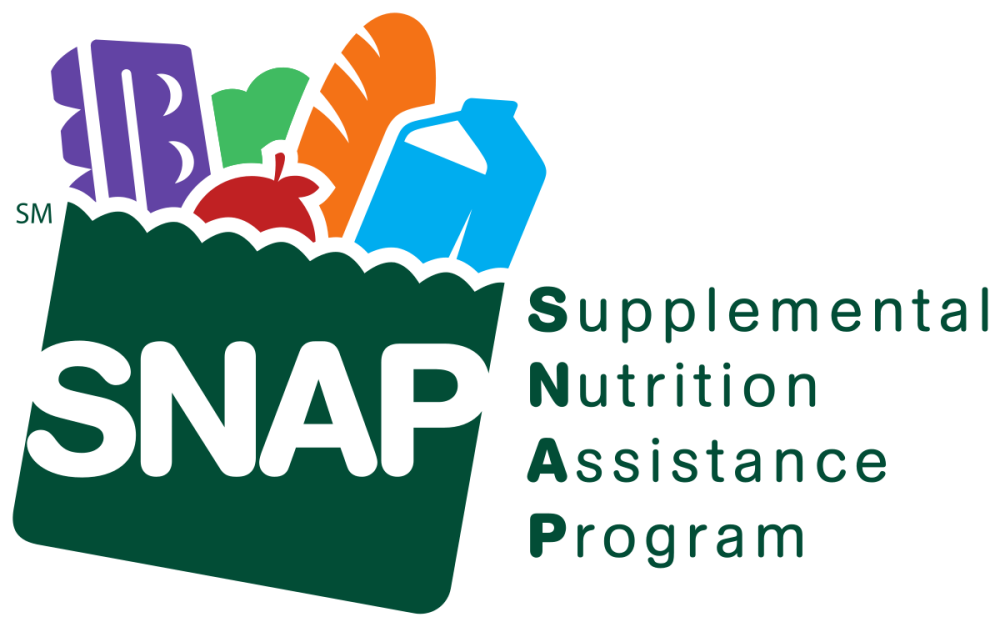
Governor Abbott Announces $30,000 Reward For Fugitive Trevor McEuen
May 16, 2025 – Governor Greg Abbott announced today that the Office of the Governor’s Public Safety Office is offering a reward of up to $10,000 for information leading to the arrest of Trevor McEuen, a fugitive who failed to appear in court while out on bond for a capital murder charge. In response to his disappearance, the Texas Department of Public Safety has added McEuen to its 10 Most Wanted Fugitive List.
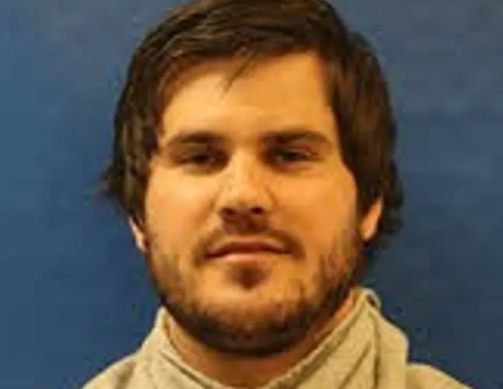
McEuen’s case has reignited urgent calls for bail reform across the state. “Trevor McEuen is exactly why Texas must fix its broken and deadly bail system,” said Governor Abbott. “A violent criminal like McEuen charged with capital murder should never be released on our streets.”
Governor Abbott has made bail reform a top priority this legislative session, calling it an emergency item that must be addressed to protect public safety. He has long advocated for stricter bail laws to prevent high-risk offenders from being released prior to trial.
Texans are urged to assist law enforcement by calling the Texas Crime Stoppers hotline or submitting an anonymous tip online. All tips are confidential, and if the information leads to McEuen’s arrest, tipsters may be eligible for the $10,000 reward.
The Governor emphasized that community involvement is key to bringing dangerous fugitives like McEuen to justice. “Working together, we will bring fugitives like Trevor McEuen to justice,” Abbott said. “No Texan should live in fear because of a system that fails to keep violent criminals off our streets.”
Authorities are reminding the public not to attempt to apprehend McEuen themselves. He should be considered armed and dangerous. Anyone with information is urged to act immediately to help ensure the safety of their community.
Connor Cemetery to Hold Memorial Day Homecoming May 25th
May 15, 2025 – Memorial Day Homecoming will be held at Connor Cemetery on County Road 3621 off Farm Road 69 North, East of Dike, Texas. The event will take place May 25, 2025. There will be stew. The public is invited.
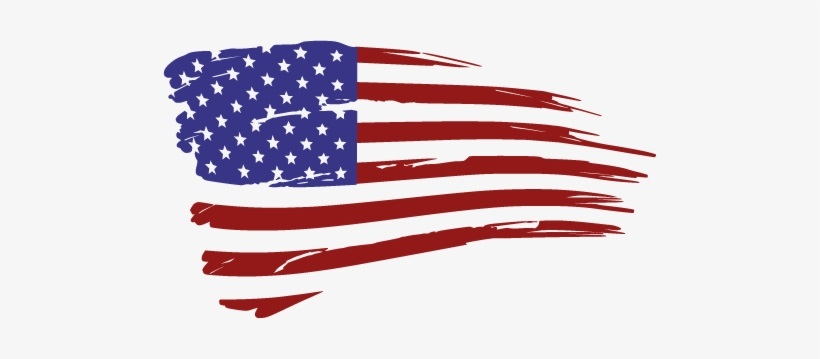
Seat Belts Only Work if you Wear Them
May 15, 2025 – TxDOT and law enforcement remind Texans to Click It or Ticket during increased enforcement period
PARIS – It doesn’t matter who you are. It doesn’t matter what you do. Everyone needs to buckle up. The Texas Department of Transportation (TxDOT) is working with law enforcement to remind Texas drivers to wear their seat belt every ride, every time.
First responder learns life lesson
In May 2023, Polk County Sheriff’s Deputy Caleb Boyer rushed to the scene of an emergency without pausing to buckle his seat belt. He was responding to a call. He swerved to avoid hitting a pickup truck pulling an unlit trailer and that’s when his car went off the highway, going airborne and rolling over twice. Not buckled in, he was ejected several feet from his patrol vehicle. He lost his left leg and almost lost his life.
“This experience has definitely changed my perspective. No one is invincible,” Boyer said. “Now, every time I get in any vehicle, I always make sure to buckle up. And I’ve taught my 9-year-old son to do the same.”
Seat belts save lives
Most Texans buckle up, yet too many crashes turn deadly because someone wasn’t wearing a seat belt. In 2024, 1,069 people who died in collisions on Texas roads were not buckled up. Nearly 60% of these fatalities occurred at night.
“We all think a crash will never happen to us, but it can happen any time we get in a vehicle,” TxDOT Executive Director Marc Williams said. “A seat belt can save your life or prevent a serious injury, but only if you’re wearing it. Take those quick seconds to buckle your seat belt every time, day and night.”
- In 2024, there were 6,217 traffic crashes in the Paris District, resulting in 102 fatalities and 447 serious injuries.
- In 2024, there were 76 traffic crashes in the Paris District in which unrestrained occupants sustained fatal or serious injuries. These crashes resulted in 22 fatalities and 70 serious injuries.
What TxDOT is doing
TxDOT’s annual Click It or Ticket campaign aims to save lives by getting drivers and passengers to wear their seat belt 100% of the time. To reach that goal, TxDOT is conducting a statewide public education campaign and partnering with law enforcement agencies to step up enforcement of seat belt laws from May 19 through June 1. This includes focusing efforts on ticketing drivers who fail to buckle up or secure their kids in car seats.
Texas law requires everyone in a vehicle to buckle up or face fines and court costs up to $200. Children younger than 8 years old must be in a child safety seat or booster seat unless they’re taller than 4 feet 9 inches. If they aren’t properly restrained, the driver faces fines up to $250 plus court costs.
The results
No one wants to be pulled over, but the objective is to save lives and prevent injuries. The National Highway Traffic Safety Administration estimates that the Click It or Ticket initiative in Texas has saved more than 8,200 lives, prevented 148,000 serious injuries and resulted in $33 billion in economic savings since its inception in 2002. The Click It or Ticket campaign is an important part of TxDOT’s Drive like a Texan: Kind. Courteous. Safe. initiative. Drive like a Texan is about embracing the pride, camaraderie and responsibility of being a Texan on the road. By making thoughtful choices, we can all help keep each other safe. Learn more at DriveLikeATexan.com.

Alliance Bank Donates Medically Equipped Golf Cart to Sports Medicine Program at CHRISTUS
May 15, 2025 – Sulphur Springs, TX – Alliance Bank, CHRISTUS Mother Frances Hospital – Sulphur Springs, and the Hopkins County Health Care Foundation have joined forces to protect the health of local student athletes. Alliance Bank has donated a medically equipped golf cart to the Sports Medicine program at CHRISTUS Mother Frances Hospital – Sulphur Springs. The Hopkins County Health Care Foundation worked with Alliance Bank and the hospital to facilitate the gift.
The cart will be used at area school sporting events to help the Athletic Trainers respond to injured students or fans and transport them for care.
“We want to keep our young people safe and healthy. We are happy to support our student athletes and CHRISTUS Mother Francis Hospital – Sulphur Springs with this gift,” said James Law, President and CEO of Alliance Bank.
In 2021, Alliance Bank donated the Mobile Athletic Training Room, known as MATR, to the hospital’s Sports Medicine program. Since then, the brightly decorated trailer has become a staple on the sidelines of many sporting events around the county. It provides a well-equipped space for athletic trainers and doctors to examine patients in a private, climate-controlled room.
“Thank you to Alliance Bank for this gift,” expressed Tracy Lott, Sports Medicine Coordinator for the CMF-SS Sports Medicine program. “This has been something we have needed in the Sports Medicine program for a while. It will allow us to better care for injured athletes in remote locations such as cross country meets, or to transport injured athletes to MATR for an X-Ray or exam.”
The medically outfitted golf cart will ride inside MATR to various events throughout Hopkins County. A portable X-ray machine donated by the Hopkins County Health Care Foundation, with proceeds from the 2023 Gala also travels in MATR during football season.
Foundation Chair Pam Black shared, “We are pleased to be a part of this gift that will accentuate the exceptional care our local student athletes and spectators already receive from the hospital’s Sports Medicine team. We are so appreciative of the generosity of Alliance Bank and their care for our community.”
For more information about the Foundation, please contact the office at 903-438-4799.
#
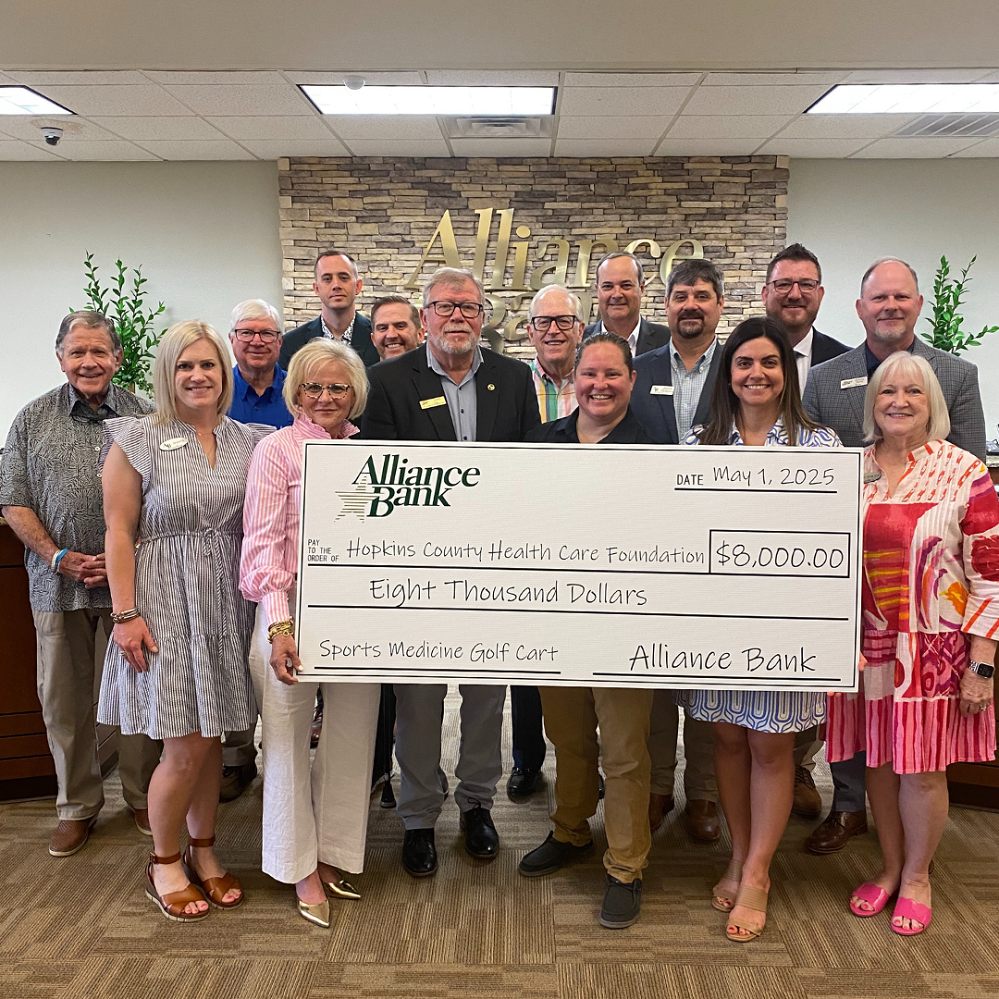
May’s Meeting of the Breast Cancer Support Group was Joyful
May 15, 2025 – Sulphur Springs, Texas – The Hopkins County Breast Cancer Support Group, sponsored by the Hopkins County Health Care Foundation, held their monthly meeting on Monday, May 12. Jalayne Minter presented the program with help from her friend, Stephanie Cohen.
Jalayne presented a devotional on joy. The presentation was followed by a fun and joyful activity, which was cookie decorating. Stephanie taught the women how to outline and flood cookies and how to do a wet-on-wet technique. Cookies were cut in summer-themed shapes of palm trees, ice cream cones, suns, and flowers.
The women enjoyed learning a new skill and were reminded to have some fun along the way.
Carolyn McKinney provided snacks and cold drinks for the meeting.
The Breast Cancer Support Group meets on the second Tuesday of each month at 5:30 pm on the CHRISTUS Mother Frances Hospital – Sulphur Springs campus. Anyone with breast cancer or a female-related cancer, or a survivor of breast cancer or a female-related cancer, is welcome to join the group.
Follow the Hopkins County Health Care Foundation on Facebook or Instagram to stay up-to-date on the meeting schedule. For more information, contact the Foundation at 903-438-4799 or [email protected].
The Foundation is a 501 (c)(3) non-profit organization that has served the healthcare needs of Hopkins County for 28 years.
#

Splooting Squirrels Are Nothing To Be Concerned About
May 15, 2025 – As temperatures rise across Texas and other parts of the country, many people have noticed squirrels lying flat on their bellies with their legs stretched out behind them—a behavior known as splooting. While it might look amusing or even alarming, experts say it’s a perfectly natural way for squirrels and other animals to cool off in extreme heat.
Many animals engage in this behavior. Dogs may adopt this position to relax, stretch and relieve pressure on the spine.
Splooting allows squirrels to press their bodies against cooler surfaces like sidewalks, tree branches, or shaded ground, helping them regulate their body temperature. By spreading out and maximizing contact with these cooler surfaces, squirrels can release heat more efficiently. This behavior is similar to what pet owners may notice in dogs or cats during hot weather.
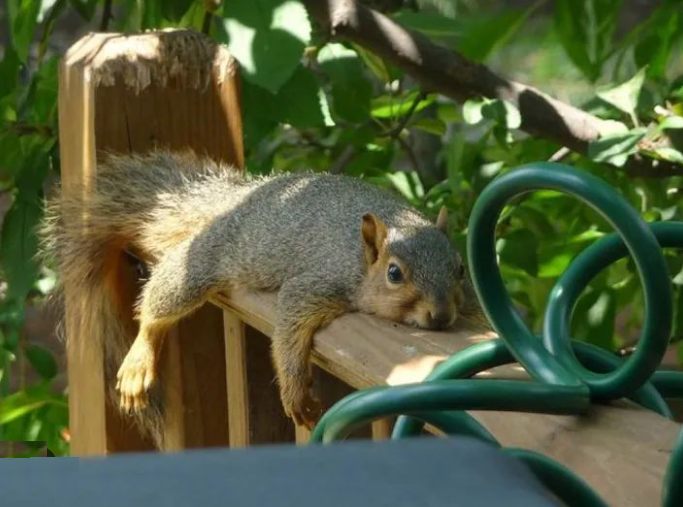
Wildlife experts say splooting is not a sign of distress, but rather a heat management strategy. However, it also highlights how rising temperatures are affecting urban wildlife, pushing animals to adapt in visible ways.
With record-breaking heat waves becoming more common, Texans are encouraged to provide water sources for animals and avoid disturbing splooting squirrels—they’re just trying to stay cool. If you see one stretched out on the pavement or in your yard, it’s likely doing exactly what it needs to survive the sweltering weather.
State Fair of Texas Unveils 2025 Commemorative Theme Art, “Texas Shines Bright”
By VERONICA DELGADO | May 14, 2025 – There is so much to see and do at the State Fair of Texas, but for this year’s Commemorative Art, “Texas Shines Bright,” we decided to step back and focus our spotlight on our Texan ambassador. For more than 70 years, Big Tex has stood proud and tall in the heart of the Most Texan Place on Earth: The State Fair of Texas. From the heel of his boot to the tip of his hat, he stands at 55 feet tall, but in our minds, he looms larger than life. A giant cowboy with an even bigger heart, he embodies everything admirable about the Lone Star State and its residents. With a friendly smile, a genuine wave, and a hospitable catchphrase – “Howdy, folks!” – Big Tex is a beacon of goodwill and resilience. Big Tex is a gentle giant, one who inspires us all to be kind, have fun, and show the world what it means to truly be Texan.
Capturing the awe-inspiring experience of standing at the base of Big Tex Circle and marveling up at Big Tex himself was a challenge we were up for. This was also our opportunity to show Big Tex outside of the fairgrounds, but still showcase his friendly nature. We believe Big Tex belongs to all Texans, so what does it look like to have Big Tex walking through the state of Texas? Is he as tall as we imagine him to be? Yes!
One hand waves, and one outstretched hand ushers guests from far and wide to the fairgrounds. Big Tex is known for his recognizable stance, but what else could he do with his enormous hands? Could he give an armadillo a high-five? Could he pick a bushel of Texas wildflowers? Could he offer a helping hand? In this year’s commemorative art, we wanted to envision Big Tex being so tall that he could pluck a star from the sky. Or in other words, he could hold the “lone star” of the state in the palm of his hands, shining a light down on us all.
From the plateaus of West Texas to the Pineywoods of East Texas, this year’s commemorative art uses landscape and natural elements to represent the variety of our state, with a special nod to the Dallas-Fort Worth area, the Fair’s home. A closer look around Big Tex reveals fun nods to the Texan experience, both urban and rural. Towering above it all is our favorite cowboy, planting himself deep within the heart of Texas but forever reaching out for new friends and new possibilities.
If Big Tex represents the best of Texans, then his beaming smile and the brightness of his welcoming spirit embody the Fair itself. After all, the State Fair of Texas is the Most Texan Place on Earth, so that same good-natured light is alive across the fairgrounds each and every year here at Fair Park. And at the center of it all, standing tall and shining bright, is Big Tex, encouraging us all to reach for the stars.
“Each year, the State Fair of Texas tells a story of pride, tradition, and the unmistakable spirit of our great state. With this year’s commemorative art, “Texas Shines Bright,” we set out to celebrate the heart of that story on the fairgrounds, Big Tex. He’s more than a symbol. He’s a towering tribute to everything we love about Texas and unshakable hospitality. This artwork is a heartfelt tribute to the Lone Star State, its people, and our legendary cowboy, who reminds us all to dream big, stand tall, and shine bright,” said Mitchell Glieber, State Fair of Texas president.
We welcome you to join us here at the Most Texan Place on Earth to celebrate the 2025 theme “Texas Shines Bright,” starting September 26 and running through October 19 at historic Fair Park in Dallas. Merchandise is now available at BigTex.com/Store. More information on season passes and tickets for the 2025 Fair will be available next month; sign up to be a Big Tex Insider and be the first to know.
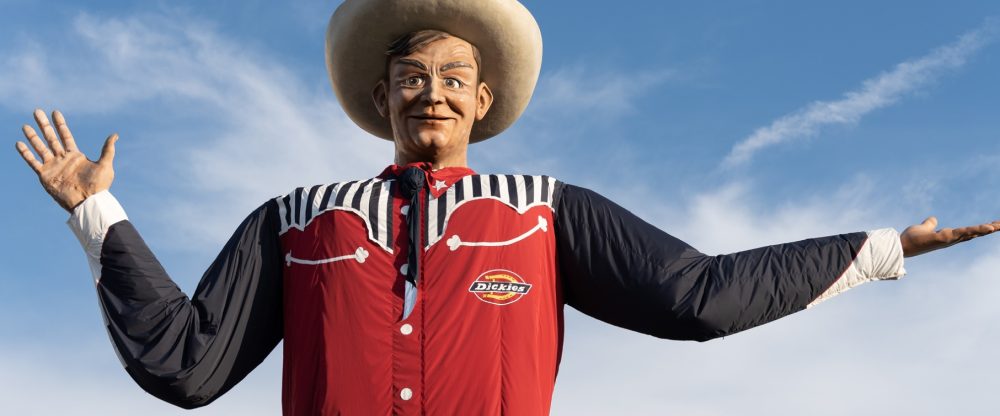
Can a Drug Sniffing Dog Violate Fourth Amendment Rights?
May 14, 2025 – The Texas Court of Criminal Appeals, the state’s highest criminal court, is weighing a case that could have significant implications for search-and-seizure protections under the Fourth Amendment. The issue centers around whether a police dog is allowed to insert its nose into an open car window during a traffic stop without a warrant or probable cause.
The case stems from the arrest of James-Varnell Organ in Waller County, where a narcotics detection dog named Jaks jumped up on Organ’s vehicle and pushed his nose through an open window during an exterior sniff. Upon alerting to the presence of drugs, officers searched the vehicle and discovered Etizolam, a Schedule I controlled substance. Organ was subsequently arrested for illegal possession.
Prosecutors argue that the dog’s behavior did not violate Organ’s constitutional rights, claiming that a sniff from a trained canine during a lawful traffic stop is not a “search” under the Fourth Amendment. They emphasize that the window was already open and that the dog acted instinctively during a lawful exterior sniff.
The defense, however, contends that the moment the dog’s nose entered the vehicle, it crossed a constitutional boundary. They argue that the intrusion amounted to an unlawful search without a warrant or probable cause, thus violating Organ’s Fourth Amendment rights.
Legal experts say the ruling could establish a precedent in Texas on the limits of canine searches and whether a distinction must be made between passive exterior sniffs and physical intrusion into a private vehicle. The outcome may also influence broader national conversations on the balance between law enforcement tools and personal privacy.
A decision from the court is expected later this year, and it could reshape how police K-9 units conduct vehicle searches in Texas and beyond.
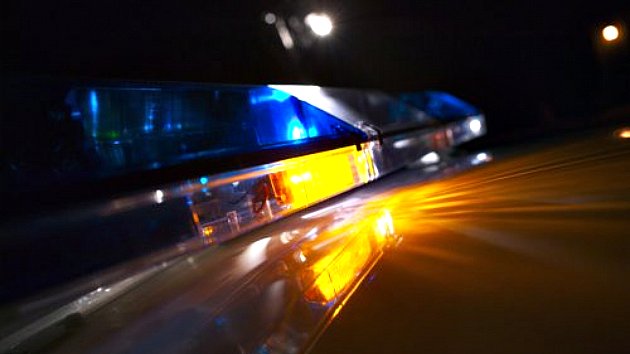
Paris Junior College’s TRIO Upward Bound Student Ethan Dao Selected for Prestigious Gates Scholarship
May 13, 2025 – Paris, Texas – Paris Junior College’s TRIO Upward Bound program is celebrating a tremendous milestone: student Ethan Dao has been selected as a recipient of the prestigious Gates Scholarship. This elite, full-ride scholarship is awarded to just 300 exceptional high school seniors nationwide each year, out of thousands of applicants.
Dao’s selection is a testament not only to his academic excellence, drive, and resilience, but also to the critical role of the Upward Bound program at PJC, which has supported him throughout high school.
“Ethan has been a part of PJC Upward Bound since his freshman year of high school,” said Christi Barham, Director of Upward Bound at Paris Junior College. “I highly encouraged him to apply for the Gates Scholarship last summer during our summer program, based on his academic achievements. We walked with him through every step of the multi-phase application process—from the initial application to the final interview.
Funded by the Bill & Melinda Gates Foundation, the Gates Scholarship (originally the Gates Millennium Scholars Program) was rebranded in 2017 and continues to provide a full scholarship covering tuition, fees, room and board, books, and additional expenses—eliminating financial barriers to higher education for high-achieving, low-income, minority students.
“Gates is one of the most competitive scholarships in the country,” said Barham. “It begins the summer before senior year, with multiple application phases and a final interview round. Ethan’s success in this rigorous process is extraordinary.”
Dao credits Upward Bound with preparing and supporting him throughout the journey.
In addition to the Gates Scholarship application, Barham and the Upward Bound team helped Dao complete the FAFSA, College Board CSS Profile, and college applications in early fall. The team continues to support him through his housing application, orientation registration, and every step toward a successful college transition.
Dao will attend the University of Texas at Austin this fall and plans to pursue medical school afterward, with the goal of becoming a cardiothoracic surgeon.
“Ethan and I really bonded over that goal since I’ve had personal experience with it from a parent perspective involving open heart surgery,” said Barham. “We are so proud of all his accomplishments and cannot wait to see what the future holds for him.”
Ethan is the fourth Gates Scholar to come from the PJC Upward Bound program during Barham’s time at the college.
PJC’s Upward Bound program, a federally funded TRIO initiative, provides academic support, mentorship, and college readiness for first-generation and low-income students. Dao’s achievement is a shining example of how the program transforms lives and empowers students to reach their dreams.
For more information about Paris Junior College’s Upward Bound program, visit www.parisjc.edu/main/upward-bound-at-pjc/ or contact [email protected].
###
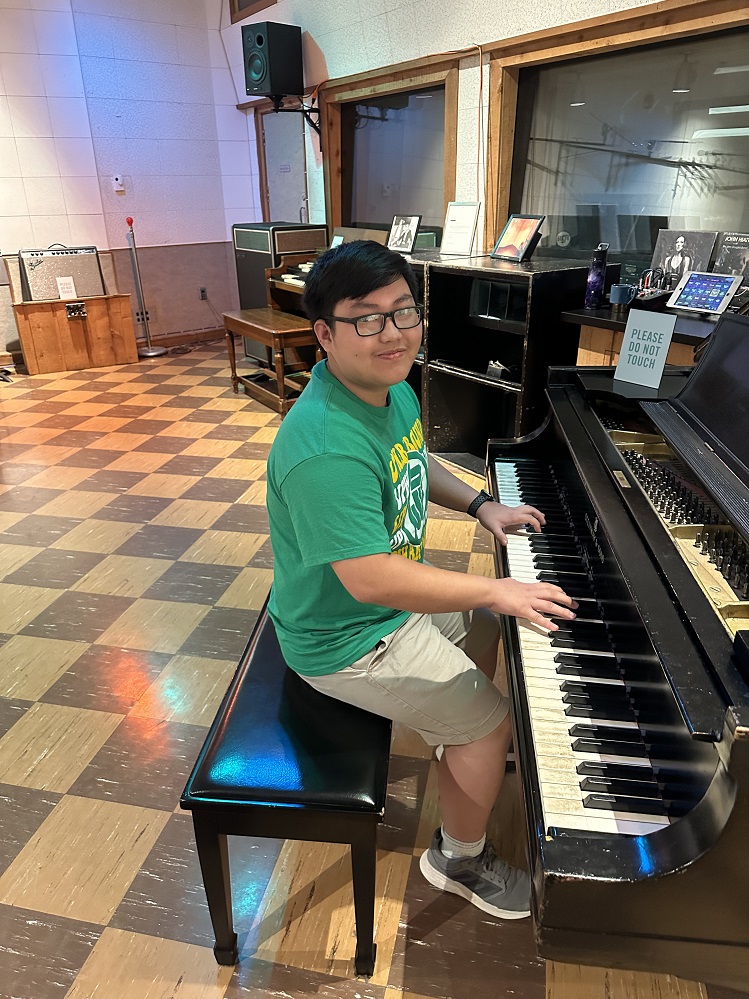
Paris Junior College — located in Paris, Texas, about 100 miles northeast of Dallas — has been a part of the Lamar County community since 1924.
Paris Junior College offers Associate in Arts, Associate in Science and Associate in Applied Science degrees, as well as Certificates of Proficiency in technical/workforce fields. The college has expanded its academic curriculum through the years to encourage associate degree and university transfer candidates. Since establishing its first vocational program — jewelry and watchmaking in 1942 — the college has been aggressive in adding technical/workforce programs that will benefit students entering the workforce.
The campus of 54 tree-shaded acres includes 20 major buildings and residence halls and provides students a unique and pleasant environment for learning.
Paris Junior College also operates centers in Sulphur Springs, Texas, and in Greenville, Texas.
Vision
To be the educational provider of choice for the region.
Mission
Paris Junior College is a comprehensive community college serving the region’s educational and training needs while strengthening the economic, social and cultural life of our diverse community.




